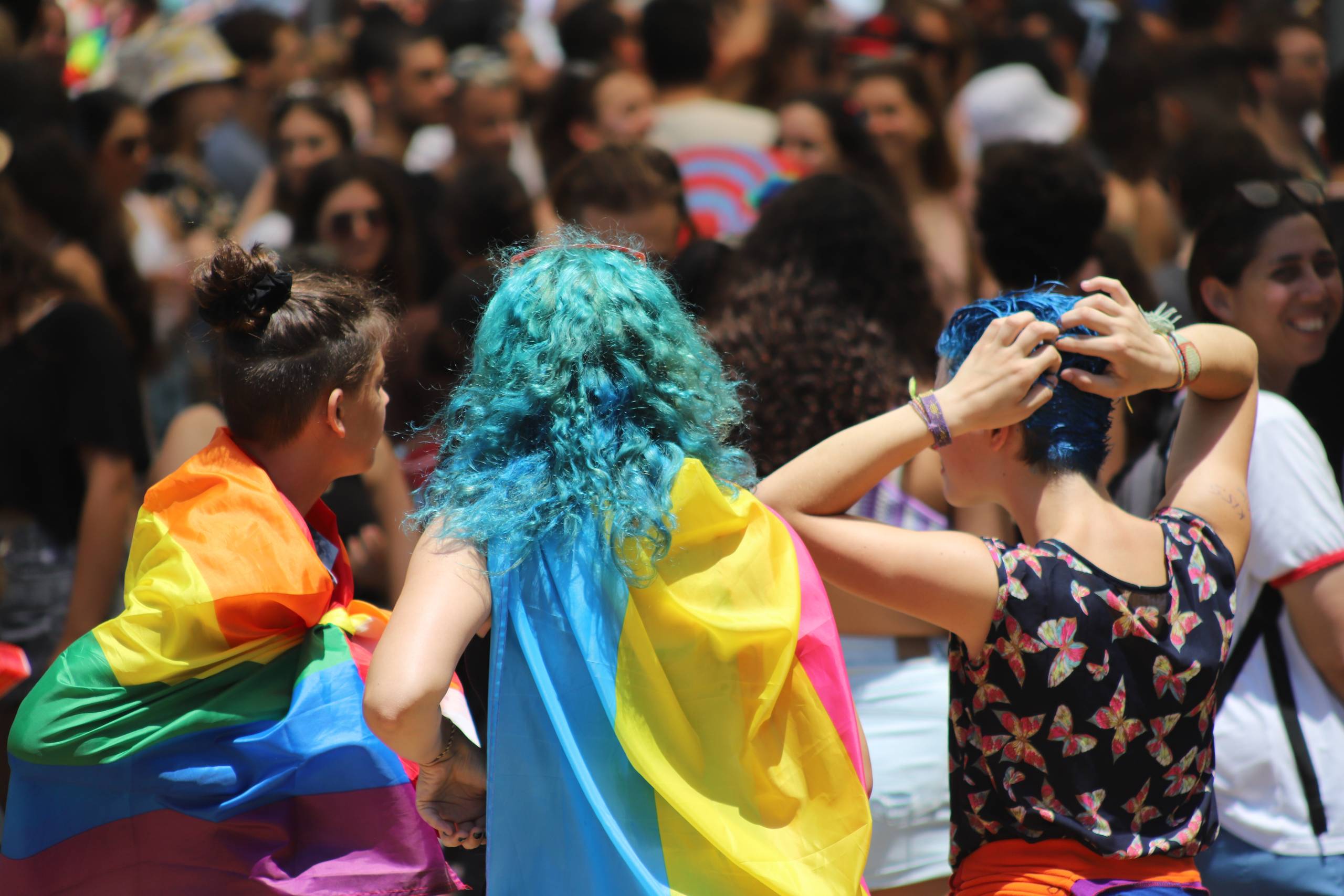The history of pride parades dates back to the late 1960s, when the LGBTQ+ community began to organize and fight for their rights. In 1969, a series of riots broke out at the Stonewall Inn in New York City, after police raided the bar and arrested several patrons. These riots, which lasted for several days, are considered a turning point in the LGBTQ+ rights movement, and are often seen as the beginning of the modern pride movement.
Pride parades, also known as pride marches, pride parades, or pride festivals, are events that celebrate and recognize the LGBTQ+ community. These events often include parades, music, food, and other activities, and are typically held in June to coincide with the anniversary of the Stonewall Riots.
In the years following the Stonewall Riots, pride parades and events began to be organized in cities around the world. The first pride parade was held in New York City in 1970, and other cities soon followed suit. These events were often met with resistance and backlash, but they continued to grow and gain support over time.
Today, pride parades are held in cities around the world, and are typically seen as a celebration of diversity and acceptance. They are often attended by millions of people, and have become an important part of the LGBTQ+ rights movement.

Leave a Reply